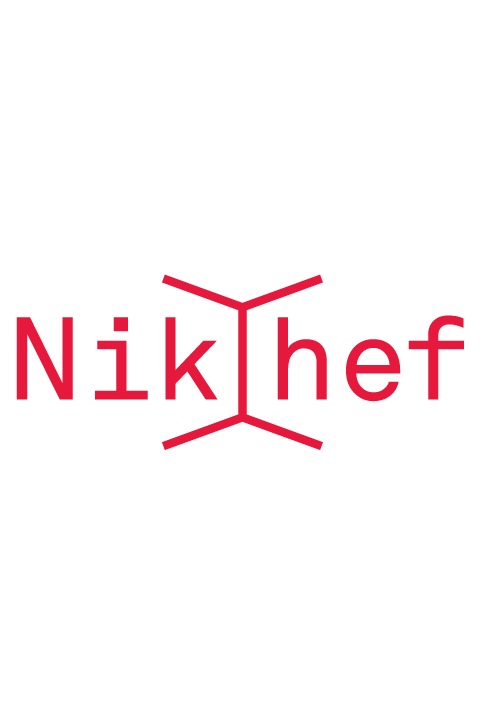The ATLAS experiment at CERN has measured for the first time the spooky action at a distance that quantum theory says can exist between particles seperated at great distance.
ATLAS physicists from Nikhef and others looked at the behavior of pairs of top quarks created in proton collisions in the LHC accelerator at CERN. The existence of quantum entanglement has previously been demonstrated in numerous experiments. But never before at the extremely high energy of the Geneva accelerator, where particles have relativistic speeds.
“A very difficult, but also important analysis that I was very keen on,” says Pamela Ferrari of Nikhef and physics coordinator of ATLAS. Nikhef ATLAS researcher Clara Nellist (UvA) played a leading role in reviewing the now-published analysis.
Remote connections are a puzzling element of quantum theory. Quantum connection occurs when a system with certain quantum properties such as spin becomes split. Spin, a kind of internal rotation of a particle, is a quantum number.
When a quantum system is split, the total spin is distributed among its parts, but according to quantum theory without establishing how exactly. Only when the spin state of one part is measured, the state of the other part is immediately established as well, no matter how large the distance between them.
Einstein called the effect “ghostly connection at a distance,” and doubted that it could be realistic because particles cannot communicate with each other faster than the speed of light.
But quantum connection really does exist. Experiments that demonstrated this were awarded a Nobel Prize in physics in 2022. The award-winning tests were done with photons, particles of light. In the Netherlands, TU Delft conducts such experiments over a distance of a kilometer.
In the LHC experiments, the energy is billions of times higher than in the earlier experiments. In measurement data from 2015-2018, physicists looked for collisions in which pairs of top quarks are released. This happens extremely rarely because top quarks are extremely heavy.
Because of their high mass, top quarks are also extremely unstable: they decay almost immediately into collections of lighter particles. The ATLAS measurements looked at the spatial distribution of those particles, which arise from both top quarks. That is different with quantum connection than without.
The ATLAS measurements overwhelmingly show a connection between the tracks of the decaying top quarks, according to the presentation last week on the TOP23-conference. Statistically, the result is more than 5 sigma in favor of entanglement. In physics, that is enough to speak of a hard proof.
ATLAS says in a press release that the measurements are not only of fundamental interest, but also that the LHC accelerator thus provides a laboratory for studies of quantum information.

